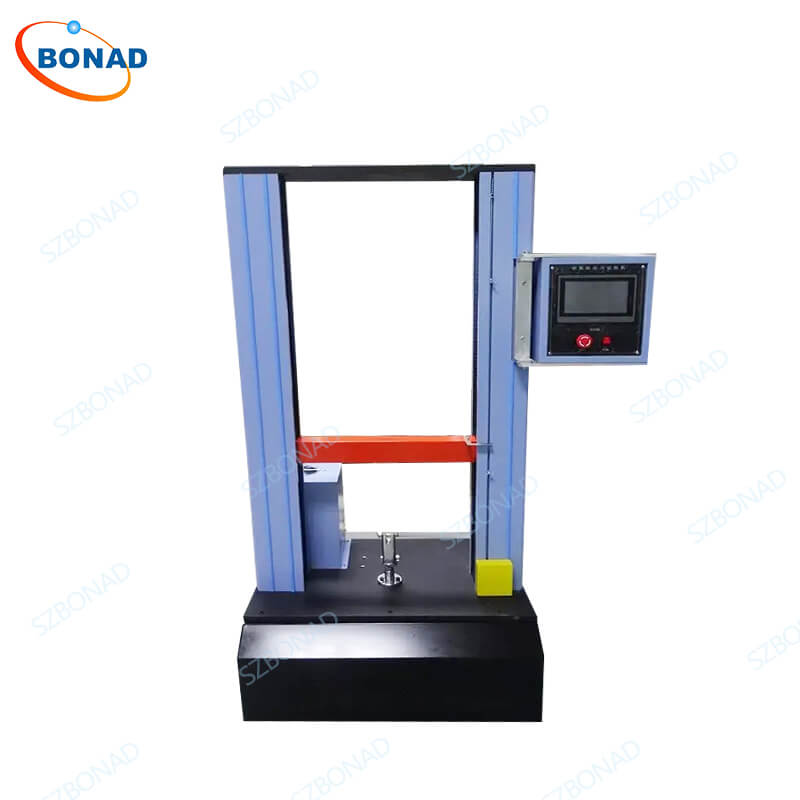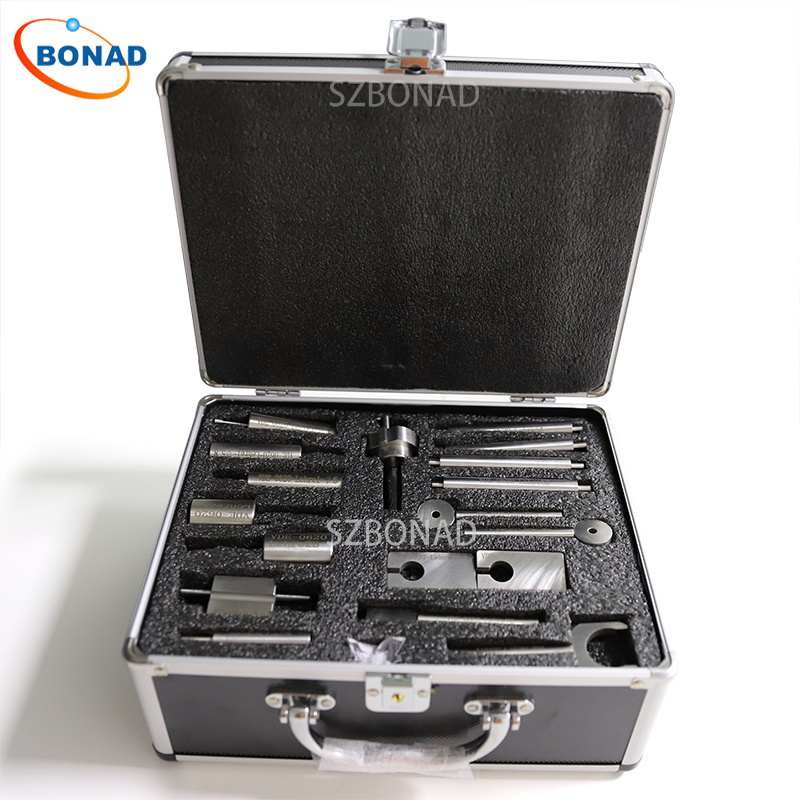When evaluating material strength, the terms tensile testing and compression testing are crucial yet often confused. While both methods subject materials to controlled forces, they serve distinct purposes. Understanding the difference between tensile vs compression testing is fundamental for engineers, designers, and manufacturers aiming to select the right materials for their products. This guide breaks down their key differences, methods, and applications to help you make informed decisions.
What is Tensile Testing?
Tensile testing is a fundamental mechanical test where a material sample is pulled from both ends until it fractures. The primary goal is to measure the material’s behavior under tensile (stretching) forces.
- Key Properties Measured: Tensile strength, yield strength, elongation, and Young’s Modulus (elasticity).
- Common Applications: Essential in aerospace (fasteners, panels), automotive (components), textiles (fabrics), and medical devices (sutures, catheters) where materials must withstand pulling forces.
What is Compression Testing?
Compression testing is the opposite of tensile testing. It involves applying a compressive (pushing) load to a material to determine its behavior under crushing or squeezing forces.
- Key Properties Measured: Compressive strength, deformation limits, and buckling behavior.
- Common Applications: Widely used in construction (concrete, bricks), packaging (boxes, protective foam), and biomedical sectors (implants, supports) to ensure materials can endure compressive loads.
Tensile vs Compression Testing: A Detailed Comparison
The following table highlights the core differences between these two critical testing methods:
| Feature | Tensile Testing | Compression Testing |
|---|---|---|
| Stress Direction | Pulls material outward | Pushes material inward |
| Primary Purpose | Measures resistance to stretching | Measures resistance to crushing |
| Common Materials | Metals, polymers, textiles, wires | Concrete, foam, rubber, composites |
| Deformation | Elongation and “necking” | Buckling, flattening, or crushing |
| Key Outputs | Tensile strength, elongation at break | Compressive strength, yield point |
How to Choose the Right Test: Tensile or Compression?
Selecting the appropriate test depends on your product’s end-use conditions.
- Choose Tensile Testing when your component will experience pulling or tension. This is ideal for testing wires, ropes, plastic films, and structural parts like beams or surgical sutures.
- Choose Compression Testing when your product must withstand stacking, crushing, or bearing weight. This method is critical for evaluating materials like concrete pillars, packaging cushions, rubber gaskets, and load-bearing floors.
Benefits of Accurate Mechanical Testing
Implementing precise tensile and compression tests offers significant advantages:
- Product Reliability: Ensures components perform safely under expected loads.
- Regulatory Compliance: Helps meet international standards like ASTM and ISO.
- Cost Efficiency: Prevents over-engineering by identifying exact material limits, reducing waste.
- Safety: Critical for high-stakes industries like aerospace and automotive by verifying material ductility and strength.
Why Partner with BONAD for Your Testing Needs?
Accuracy in material testing relies on high-quality equipment. BONAD offers a comprehensive range of reliable tensile testers and compression testers designed to meet global standards. Our solutions cater to diverse industries, providing the precision needed for quality assurance and product development.
Conclusion
Both tensile testing and compression testing are indispensable for understanding a material’s mechanical properties. By defining your testing objective and the forces your material will face, you can select the correct method. For robust, safe, and compliant products, partnering with an expert equipment provider like BONAD ensures your testing process is accurate and efficient.
Explore BONAD’s testing equipment to find the perfect solution for your material analysis needs.



